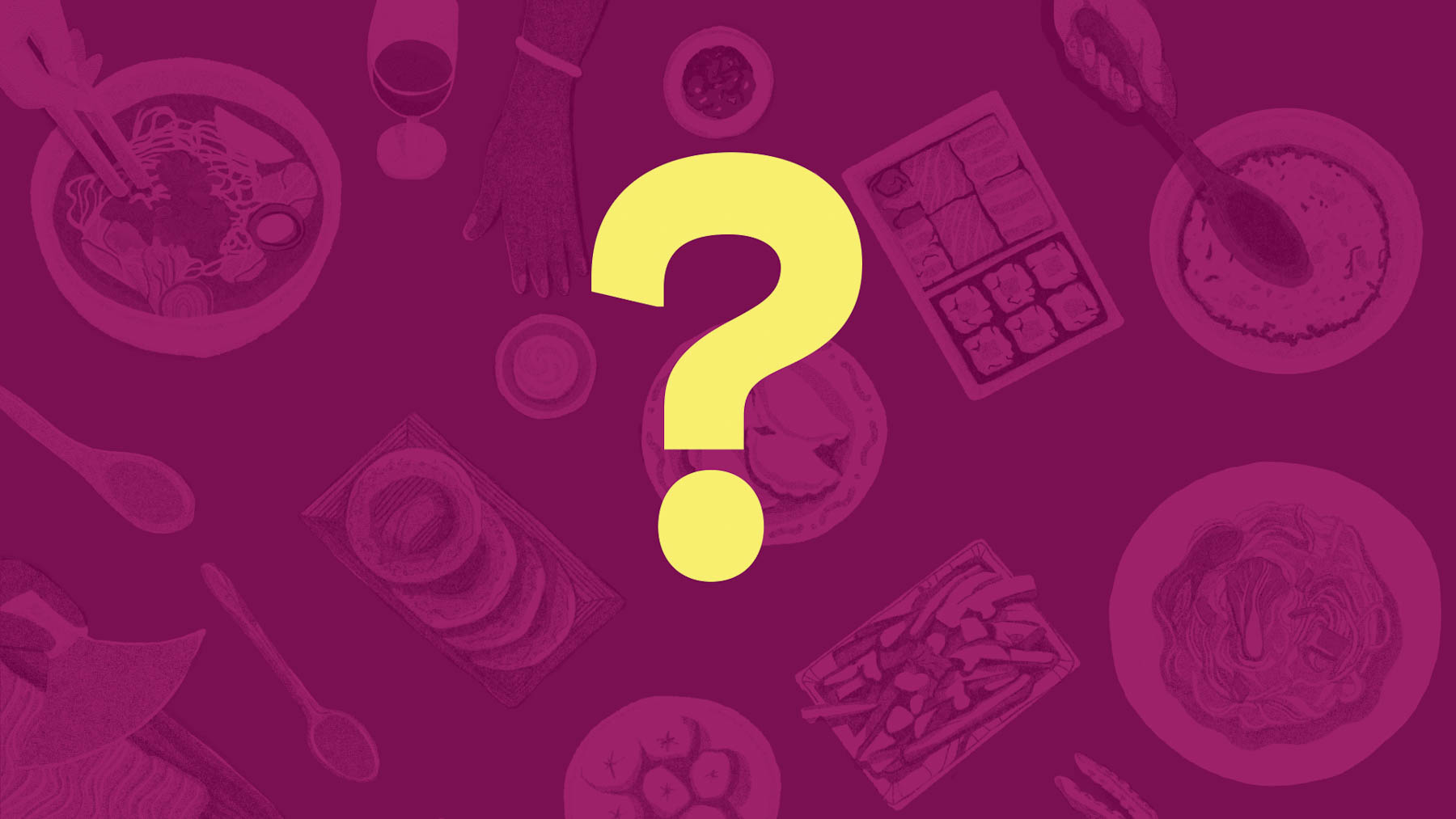
If it's true that “you are what you eat,” then Canada is both diverse and delicious. Generation after generation of newcomers have brought new recipes, ingredients and approaches, while Indigenous cooks have kept old food traditions alive and created new ones.
Our country’s professional chefs and home cooks make a huge variety of foods, all of which, whatever their origins, can be called Canadian food. Whether we grew up eating pancakes with maple syrup or borscht or empanadas or kibbeh - whether our families ate phô or jollof rice or lamb tagine or pierogis or ackee & saltfish, food that reminds us of home is Canadian food. That’s all there is to it.
Or is it?
Throughout our lives, the luckiest among us get to taste many different things. We try food made by our friends’ families. We go to a type of restaurant we’ve never been to before. And as we explore and eat new foods, a little bit of who we are changes. Just as food helps our bodies grow, so our identity grows when we try food from different cultural traditions. It expands who we are, especially if that food is paired with friendship and conversation with the people who made it.
It’s not just our identity that expands either. It’s our sense of home. And as our sense of home expands, the list of foods that remind us of home gets longer and more interesting.
Discovering our digital recipe box
As part of our research for eat make share: a taste of immigration, we’ve collected recipes from this country’s people and its past. One of the recurring motifs in these recipes is innovation, whether for culinary adventure or necessity. Many of these recipes are worth trying. Others are more interesting for what they say about our history.
Chef Trudy Metcalfe Coe’s Arctic Char Ceviche was inspired by the traditional South and Central American dish during the award-winning Inuk chef’s trip to Costa Rica. There are also innovations by immigrant communities, like Newfoundland Chow Mein, which used thinly sliced cabbage instead of egg noodles, which could be hard to find. Another example, perhaps a less delectable one, is a solution to historical food scarcity: A Second World War recipe for mock banana using turnips, sugar, and banana extract. Yum?
Be one of the first
eat make share: a taste of immigration opens on May 10 and will remain at the Museum until January 2026. Access to the special exhibition is included with admission. Visitors should be prepared to finish their visit full of new information and perspectives. And maybe a bit hungry.